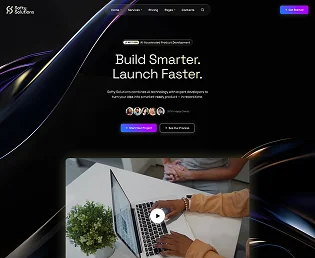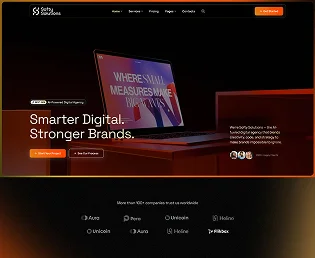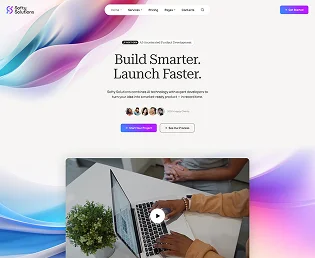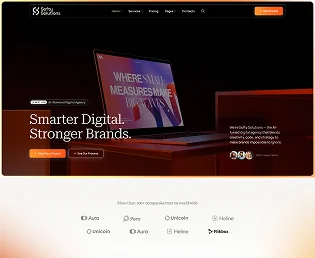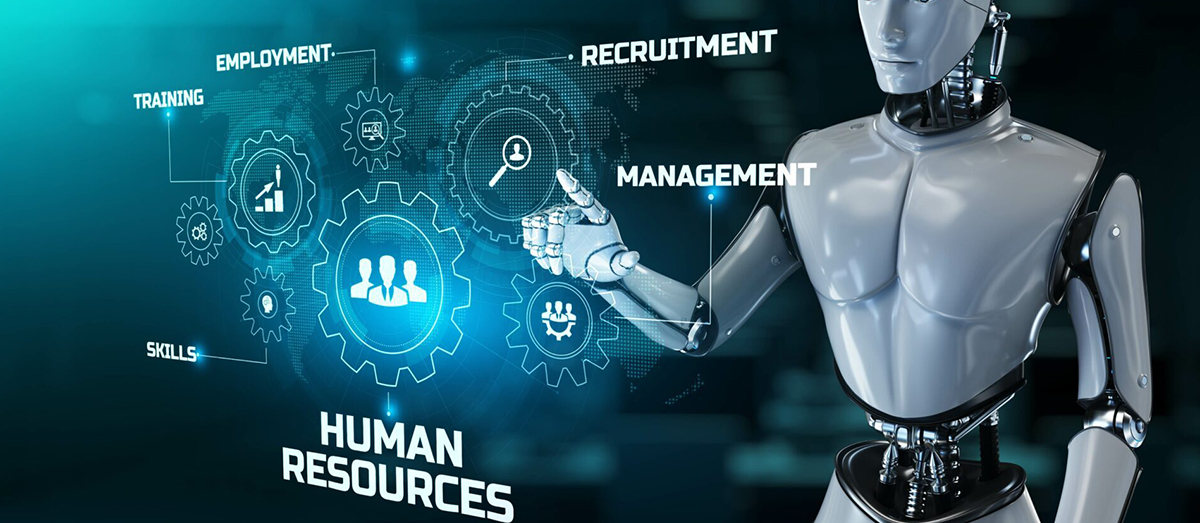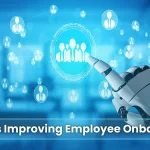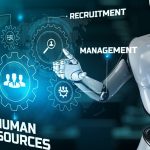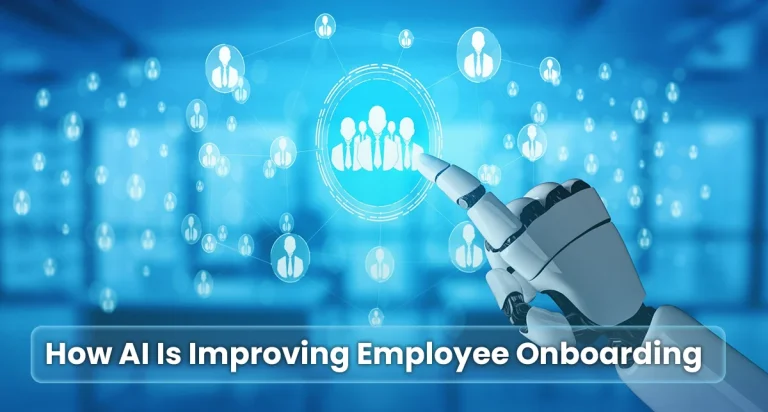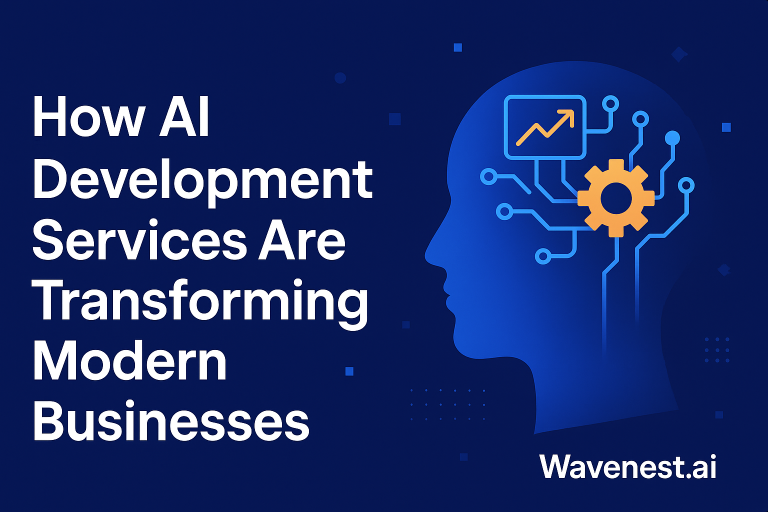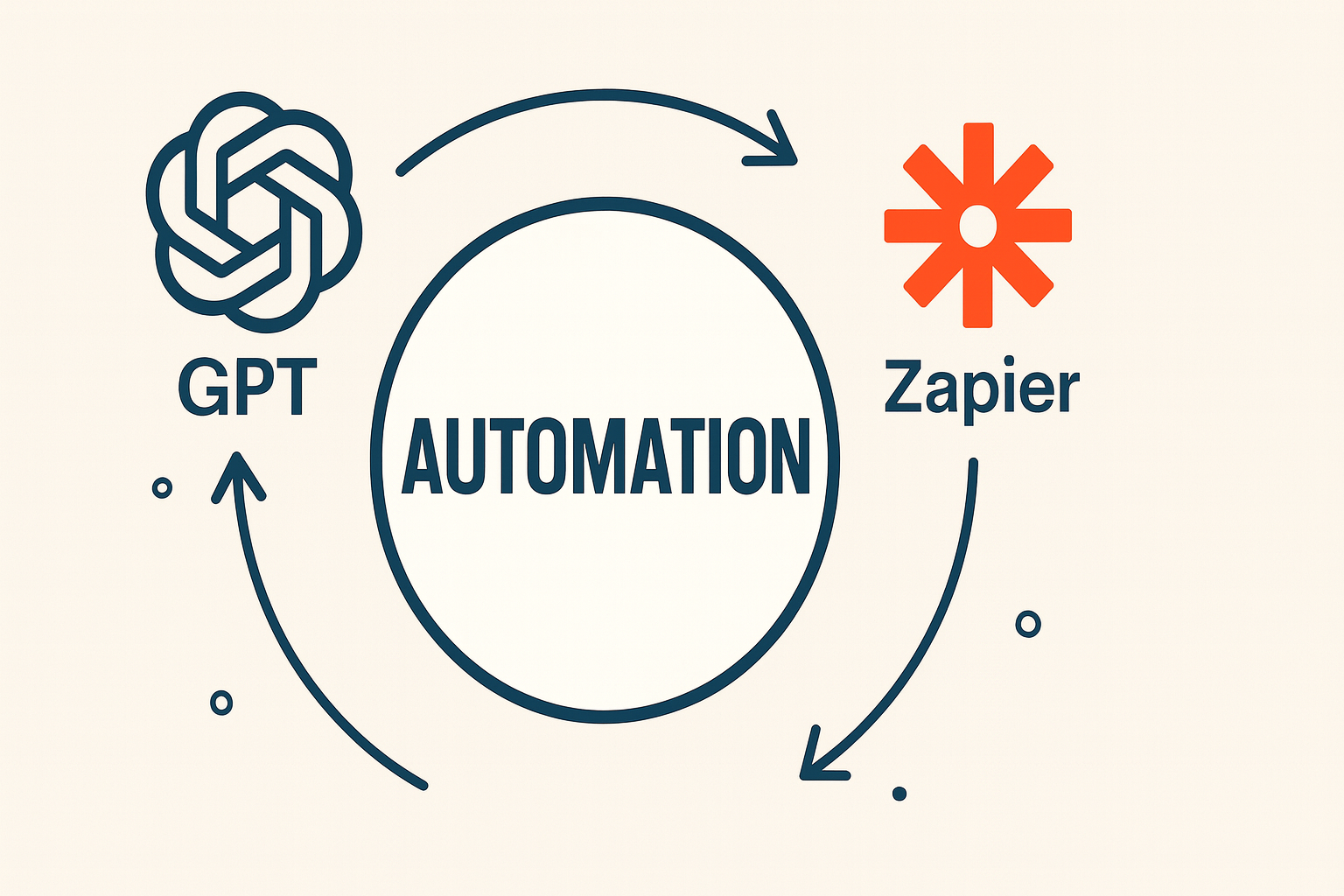If you’ve ever worked in HR, you know it can feel like running a marathon that never ends. Endless paperwork, manual data entry, employee requests, compliance reports, the list goes on. But things are changing fast. Automation has stepped in to completely redefine how HR teams manage people, handle data, and support business growth. In …
If you’ve ever worked in HR, you know it can feel like running a marathon that never ends.
Endless paperwork, manual data entry, employee requests, compliance reports, the list goes on. But things are changing fast. Automation has stepped in to completely redefine how HR teams manage people, handle data, and support business growth.
In the past, HR was mostly about administration. Today, it’s about innovation. Thanks to HR automation, companies can handle repetitive tasks automatically and shift their focus to people, performance, and culture. It’s not just about saving time. It’s about creating a better workplace experience for everyone.
In this blog, we’ll explore the seven smartest ways to automate your HR processes, why it matters more than ever in 2025, and how it can help you build a more efficient, human-centered organization.

Understanding HR Automation
Before jumping into the how, let’s talk about the what.
HR automation means using software and technology to handle repetitive HR tasks that used to require manual effort. Instead of updating spreadsheets or following up with dozens of employees, you let smart systems do it for you accurately and instantly.
HR automation tools streamline everything from recruitment and payroll to performance management and employee engagement. They save time, reduce human errors, and help HR professionals focus on strategy instead of routine work.
Now, let’s look at the 7 ways HR automation is reshaping the future of work.
1. Automate Recruitment and Onboarding
Hiring the right people is one of the most important yet time-consuming jobs in HR. Sorting resumes, scheduling interviews, sending offer letters. It can take days, even weeks.
That’s where automation changes the game.
Modern HR tools can automatically filter resumes based on skill sets and experience, schedule interviews using built-in calendars, and even send pre-onboarding emails once a candidate is selected. Imagine having a system that does all this while you’re focusing on interviewing top candidates instead of managing logistics.
When onboarding is automated, new hires get their welcome kits, logins, and company policies without delays. It creates a smooth first impression and sets the tone for a positive employee experience.
Automated recruitment not only saves time but also ensures fairness by removing human bias from the early stages of hiring.
2. Simplify Attendance and Leave Management
Manual attendance tracking can easily turn into chaos, missing entries, errors in shift timings, or employees forgetting to apply for leave properly. This results in miscommunication and payroll discrepancies.
Automation brings complete clarity.
With an automated HR management system, employees can mark attendance digitally, apply for leave, and view their remaining balance instantly. The data automatically updates in the system and syncs with payroll.
For HR teams, this means no more chasing managers for approvals or checking attendance logs. It’s all tracked, updated, and stored automatically.
Automating attendance management ensures transparency and builds trust because everyone HR, management, and employees can see accurate, real-time data.
3. Streamline Payroll Processing
Payroll processing is one of the most sensitive HR operations. A single error can cause employee dissatisfaction or even compliance issues. Traditionally, HR professionals spent hours verifying spreadsheets, calculating deductions, and ensuring accuracy.
HR automation eliminates these headaches.
Automated payroll systems calculate salaries, tax deductions, bonuses, and overtime in seconds. Once the attendance data is synced, the software automatically generates payslips and sends them to employees on schedule.
This not only saves time but also ensures complete accuracy, every employee gets paid the right amount, on the right day.
It also helps maintain compliance with labor laws and regulations since automated HR software stays updated with the latest government rules.
4. Automate Performance Management
Performance reviews can be one of the most stressful tasks for HR teams. Gathering feedback, tracking progress, scheduling appraisals. It’s a lot of manual effort.
But automation makes it smoother and more consistent.
An automated HR system can remind managers when reviews are due, collect 360-degree feedback, and store performance data in one place. It can even generate reports that highlight top performers or employees who might need more support.
This ensures that reviews are based on data, not memory or bias. Employees receive structured, timely feedback, and HR can easily track development over time.
Automation also allows businesses to set up continuous feedback loops instead of waiting for yearly reviews making performance management more dynamic and effective.
5. Simplify Benefits and Compliance Management
Managing employee benefits manually can be confusing from medical insurance to reimbursements and retirement plans, there’s a lot to track. Then there’s compliance labor laws, tax rules, and documentation that must always stay up to date.
Automation takes the stress out of this.
HR automation software keeps all employee benefits in one dashboard. It sends automated reminders about renewals, manages reimbursements, and ensures compliance with regional regulations.
If any policy changes occur, the system updates documents automatically, helping HR stay compliant without the constant paperwork.
This reduces risk, improves employee satisfaction, and ensures your business always meets regulatory standards.
6. Use Real-Time HR Analytics
One of the biggest advantages of automation is data-driven decision-making.
Modern HR systems collect massive amounts of data attendance trends, employee satisfaction scores, turnover rates, and performance metrics. With automation, you can turn this data into meaningful insights instantly.
For example, if your system detects a pattern of declining engagement, you can take action before it becomes a retention problem. Similarly, automated dashboards can help HR forecast hiring needs or identify training gaps.
Instead of waiting for quarterly reports, automation provides real-time analytics that empower smarter decisions every day.
7. Automate Employee Engagement and Feedback
Your people are your biggest asset, and keeping them engaged is essential. But manually sending surveys or tracking engagement can be inconsistent.
Automation helps HR stay connected with employees effortlessly.
You can schedule automated surveys, gather anonymous feedback, and measure engagement scores instantly. These insights help HR identify what’s working and where the organization needs improvement.
Regular, automated feedback loops build trust and make employees feel heard which ultimately leads to higher retention and stronger company culture.
The Real Benefits of HR Automation
By now, it’s clear that HR automation isn’t just a trend. It’s a transformation.
Here’s what businesses gain when they automate HR processes:
- Time savings: Less manual work means more time for people and strategy.
- Accuracy: No more human errors in payroll, attendance, or reporting.
- Consistency: Automated reminders ensure no task gets missed.
- Transparency: Everyone can access the same up-to-date data.
- Compliance: Automated updates help you stay legally aligned.
In short, automation creates an HR department that’s faster, smarter, and more human.
How to Get Started with HR Automation
The first step is choosing the right HR management software that fits your company’s needs. Start small, automate one or two processes like payroll or attendance and expand gradually.
Make sure your team understands how to use the system effectively. HR automation works best when technology and people collaborate seamlessly.
Investing in automation is not an expense. It’s a long-term strategy to improve efficiency, boost employee satisfaction, and future-proof your organization.
Final Thoughts
The future of HR is not about replacing humans. It’s about empowering them.
Automation takes care of the repetitive, time-consuming tasks, so HR professionals can focus on what really matters: building stronger teams, shaping company culture, and driving business growth.
At our company wavenest.ai , we’ve built an HR Management System designed to simplify everything, from hiring and payroll to performance tracking and analytics. It’s intuitive, efficient, and built for businesses that want to grow without the chaos.
FAQs – Automating HR Processes in 2025
1. What is HR automation?
HR automation means using software to handle routine HR tasks like attendance, payroll, and onboarding automatically.
2. Why is HR automation important in 2025?
It saves time, reduces errors, and helps HR teams focus on people instead of paperwork.
3. Which HR tasks can be automated?
Recruitment, onboarding, attendance, leave, payroll, and performance tracking can all be automated.
4. How can small businesses benefit from HR automation?
Small businesses save costs, improve accuracy, and make HR work smoother using tools like WaveHR.
5. Is HR automation expensive?
No, modern HR systems like WaveHR offer affordable pricing for startups and small teams.
6. Does HR automation improve employee satisfaction?
Yes, employees get faster responses, transparent leave data, and quick access to payslips.
7. What are the best HR automation tools in 2025?
Top tools include WaveHR, Zoho People, and BambooHR for easy and smart HR management.
8. Is HR automation secure?
Yes, trusted platforms like WaveHR use encrypted systems and follow data privacy laws.
9. Can AI be used in HR automation?
Yes, AI helps screen candidates, analyze performance, and predict HR trends automatically.
10. How do I start automating my HR?
Begin by choosing an HRMS like WaveHR by Wavenest.ai, automate one process at a time, and grow from there.

